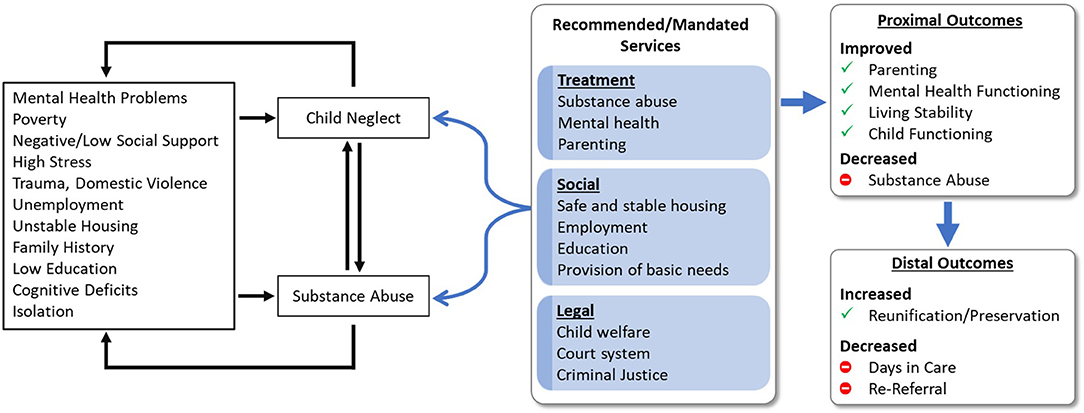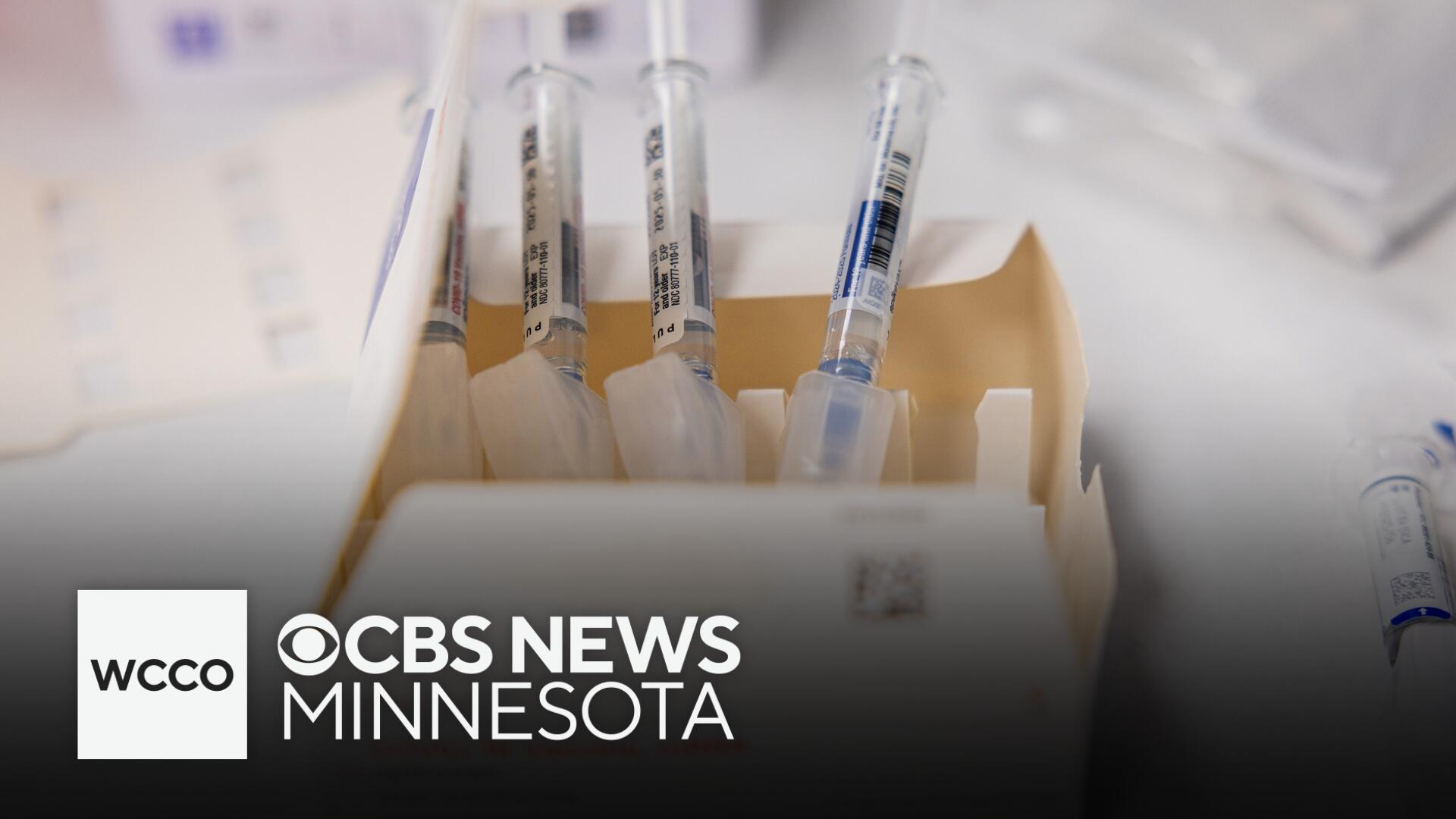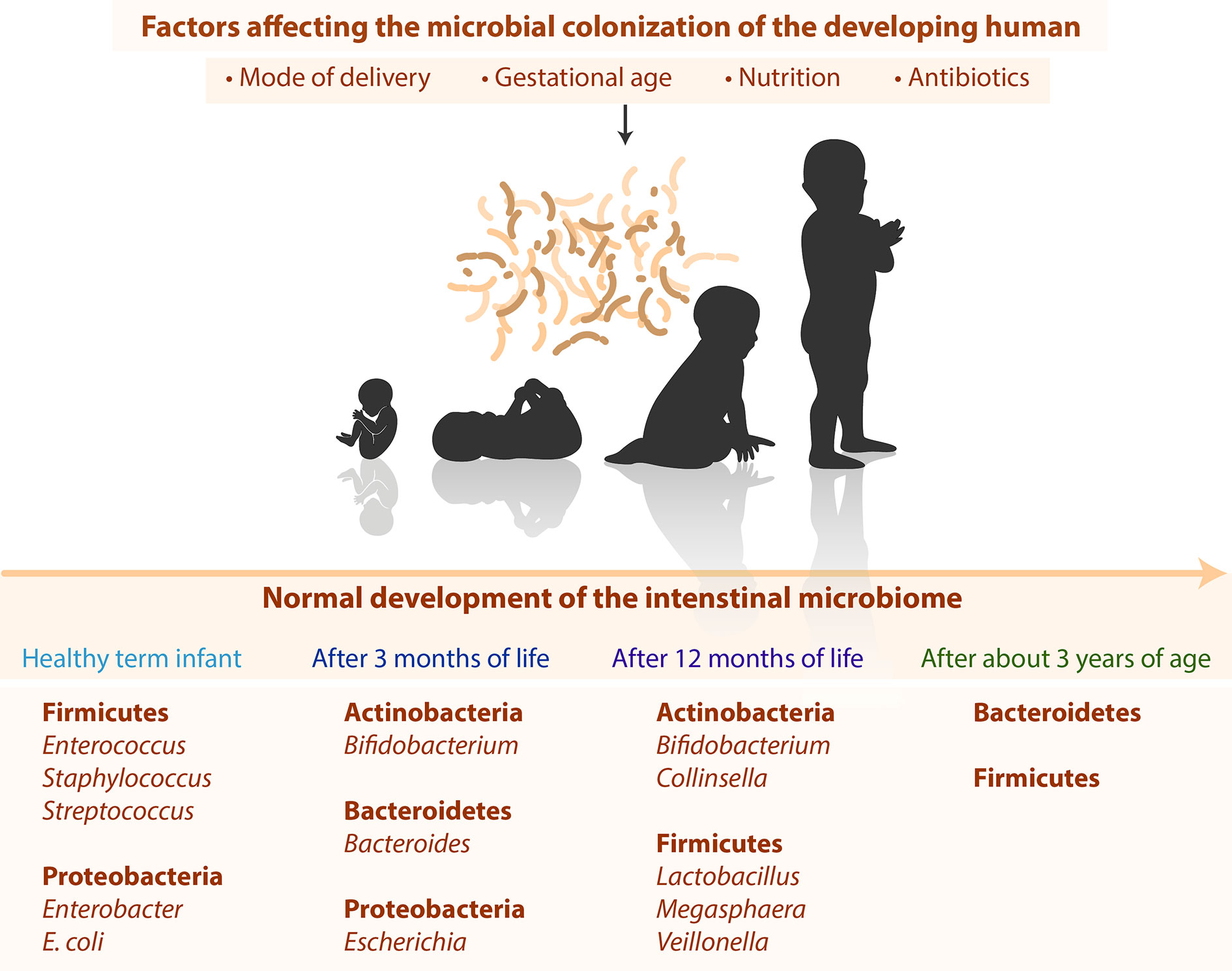Report on Stem Cell Therapies for Diabetes and Sustainable Development Goals (SDGs)
Introduction
Diabetes poses significant long-term health challenges, adversely affecting both healthspan and lifespan. It also imposes a substantial burden on global healthcare systems, economies, and societies. Despite the availability of various medications, current treatments do not adequately address the fundamental issue of the loss of functional pancreatic beta cells, which are essential for insulin secretion and glucose homeostasis. This report reviews recent scientific advances, clinical trials, and regulatory considerations in the development of human pluripotent stem cell-derived pancreatic islet-like cells as a novel cell therapy for diabetes, emphasizing their alignment with the United Nations Sustainable Development Goals (SDGs).
Scientific Advances in Stem Cell-Derived Islet Cell Therapy
Human islet cell transplantation from deceased donors is an established treatment for insulin-dependent type 1 diabetes. However, the demand for donor islet cells far exceeds supply. Recent progress in deriving pancreatic islet-like cells from human pluripotent stem cells (hPSCs) offers a potentially unlimited source of cells, representing a breakthrough in diabetes treatment.
Key Scientific Developments
- Development of protocols to generate functional pancreatic beta-like cells from hPSCs.
- Advancements in maturation and functionality of stem cell-derived islets to mimic natural pancreatic cells.
- Innovations in scalable manufacturing processes for clinical-grade cell products.
Relevance to Sustainable Development Goals
- SDG 3: Good Health and Well-being – Stem cell therapies aim to improve health outcomes for diabetes patients by restoring insulin production, reducing complications, and enhancing quality of life.
- SDG 9: Industry, Innovation, and Infrastructure – The development of scalable and efficient manufacturing technologies supports innovation in healthcare and biotechnology industries.
- SDG 10: Reduced Inequalities – By addressing the shortage of donor tissues, stem cell therapies have the potential to increase equitable access to advanced diabetes treatments globally.
Clinical Trials and Regulatory Considerations
Clinical trials have demonstrated promising results for stem cell-derived islet therapies, including improved glucose control and reduced insulin dependence in type 1 diabetes patients. However, several regulatory challenges must be addressed to ensure safety, efficacy, and quality of these therapies.
Clinical Trial Innovations
- Use of encapsulation devices to protect transplanted cells from immune rejection.
- Personalized cell therapy approaches tailored to individual patient needs.
- Monitoring and management of immunogenicity and long-term graft function.
Regulatory Challenges
- Establishing standardized quality control and potency assays for stem cell-derived products.
- Harmonizing international regulatory frameworks to facilitate global clinical development.
- Ensuring ethical sourcing and donor screening of starting materials.
Alignment with Sustainable Development Goals
- SDG 3: Good Health and Well-being – Ensuring safe and effective therapies contributes to reducing the global burden of diabetes.
- SDG 16: Peace, Justice, and Strong Institutions – Developing clear regulatory frameworks promotes transparency, accountability, and trust in advanced therapies.
- SDG 17: Partnerships for the Goals – Collaboration among researchers, clinicians, regulators, and industry stakeholders is essential for successful therapy development and implementation.
Manufacturing and Scalability
To meet global demand, manufacturing processes for hPSC-derived islet-like cells must be scalable, reproducible, and compliant with current good manufacturing practices (cGMP).
Manufacturing Process Highlights
- Use of suspension bioreactors for large-scale expansion of pluripotent stem cells.
- Optimization of cell aggregation and differentiation protocols to enhance yield and functionality.
- Cryopreservation techniques to enable storage and distribution of cell products.
Contribution to Sustainable Development Goals
- SDG 9: Industry, Innovation, and Infrastructure – Advanced manufacturing technologies foster innovation and industrial development in regenerative medicine.
- SDG 12: Responsible Consumption and Production – Efficient manufacturing and cryopreservation reduce waste and resource consumption.
- SDG 3: Good Health and Well-being – Scalable production ensures wider availability of life-saving therapies.
Conclusion
The development of human pluripotent stem cell-derived pancreatic islet-like cells represents a transformative approach to diabetes treatment, addressing critical limitations of current therapies. This advancement supports multiple Sustainable Development Goals by improving health outcomes, fostering innovation, promoting equitable access, and encouraging strong regulatory partnerships. Continued scientific research, clinical evaluation, and regulatory harmonization are essential to realize the full potential of stem cell therapies in combating diabetes worldwide.
1. Sustainable Development Goals (SDGs) Addressed or Connected
- SDG 3: Good Health and Well-being
- The article focuses on diabetes, a major global health issue, and discusses advanced therapies to improve treatment outcomes, directly contributing to ensuring healthy lives and promoting well-being for all ages.
- SDG 9: Industry, Innovation and Infrastructure
- The development of stem cell-derived pancreatic islet-like cells and the associated manufacturing processes represent innovation in medical technology and infrastructure.
- SDG 17: Partnerships for the Goals
- The article mentions collaborations among research institutions, regulatory bodies, and industry stakeholders, highlighting the importance of partnerships in advancing stem cell therapies.
2. Specific Targets Under the Identified SDGs
- SDG 3: Good Health and Well-being
- Target 3.4: By 2030, reduce by one third premature mortality from non-communicable diseases through prevention and treatment and promote mental health and well-being.
— The article addresses diabetes treatment improvements aiming to reduce mortality and morbidity. - Target 3.b: Support the research and development of vaccines and medicines for the communicable and non-communicable diseases that primarily affect developing countries.
— The article discusses advances in stem cell therapies and clinical trials for diabetes.
- Target 3.4: By 2030, reduce by one third premature mortality from non-communicable diseases through prevention and treatment and promote mental health and well-being.
- SDG 9: Industry, Innovation and Infrastructure
- Target 9.5: Enhance scientific research, upgrade the technological capabilities of industrial sectors, including encouraging innovation and increasing the number of research and development workers.
— The article reviews scientific advances and clinical trials in stem cell-derived therapies.
- Target 9.5: Enhance scientific research, upgrade the technological capabilities of industrial sectors, including encouraging innovation and increasing the number of research and development workers.
- SDG 17: Partnerships for the Goals
- Target 17.16: Enhance the Global Partnership for Sustainable Development, complemented by multi-stakeholder partnerships that mobilize and share knowledge, expertise, technology and financial resources.
— The article highlights collaborations between academic, clinical, and regulatory entities.
- Target 17.16: Enhance the Global Partnership for Sustainable Development, complemented by multi-stakeholder partnerships that mobilize and share knowledge, expertise, technology and financial resources.
3. Indicators Mentioned or Implied to Measure Progress
- Clinical Trial Outcomes
- Indicators such as insulin independence rates, glucose control, and functional pancreatic beta cell activity in patients undergoing stem cell-derived islet-like cell therapy are implied measures of treatment efficacy.
- Availability and Supply of Islet Cells
- Number of human islet cell transplants performed versus demand, indicating progress in addressing supply limitations through stem cell-derived alternatives.
- Manufacturing and Regulatory Compliance
- Adherence to good manufacturing practice (GMP) standards and regulatory approvals for stem cell-derived therapies serve as indicators of quality and safety in therapy development.
- Scientific and Technological Advances
- Number and success rate of clinical trials, advancements in differentiation protocols, and scalability of manufacturing processes are implied indicators of innovation progress.
4. Table of SDGs, Targets, and Indicators
| SDGs | Targets | Indicators |
|---|---|---|
| SDG 3: Good Health and Well-being |
|
|
| SDG 9: Industry, Innovation and Infrastructure |
|
|
| SDG 17: Partnerships for the Goals |
|
|
Source: nature.com







